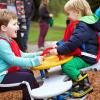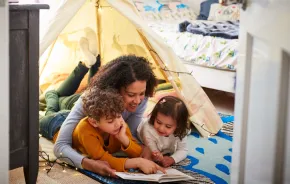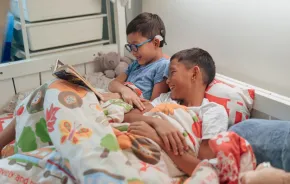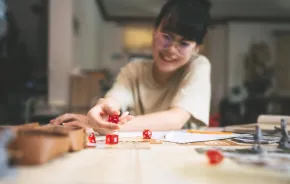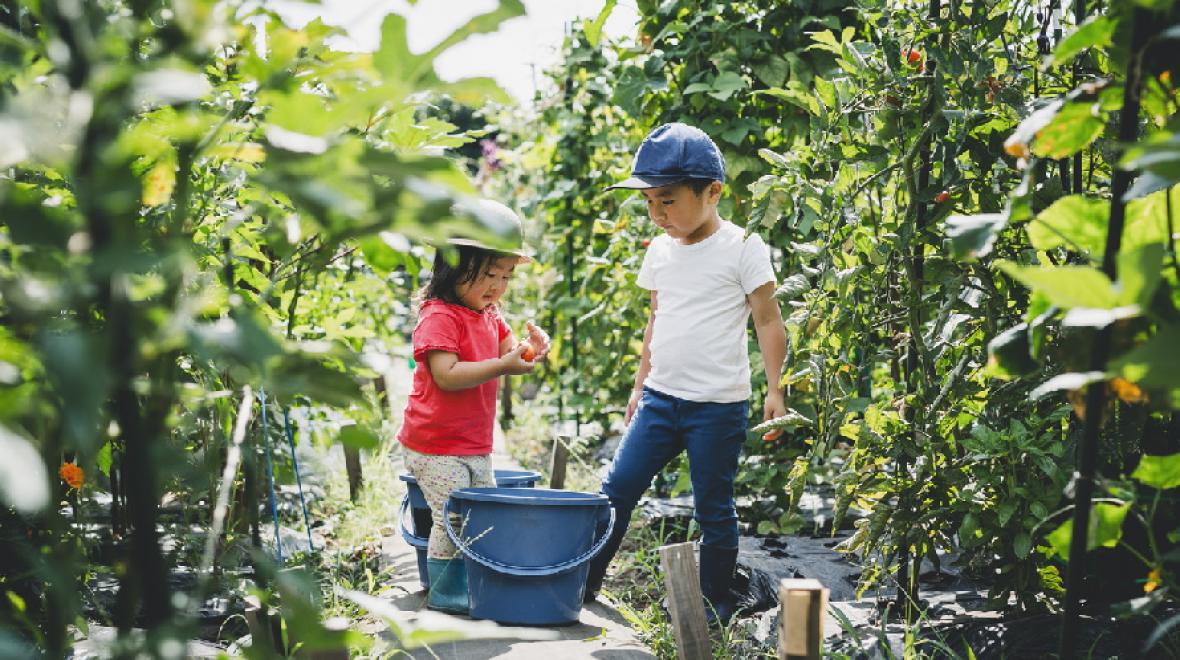
People are in a tizzy about the Japanese television show “Old Enough.” Depending on who you ask, the show either proves the superiority of Asian parenting styles in creating independent children, or it promotes recklessly abandoning toddlers to face the world unsupervised and alone.
Neither interpretation is accurate.
“Old Enough” is what Netflix calls its release of the long-running Japanese TV program “Hajimete no Otsukai,” which translates literally as “My First Errand.” It has been airing in Japan as a semi-annual special for 30 years; at least one featured child has had their own child filmed for the program.
On Netflix, the show is broken into 20 snack-sized episodes, each featuring one first errand, filmed in pre-pandemic times. Those details are straightforward, but some facts about “Old Enough” get lost in translation.
It’s not a parenting show.
It’s not even a documentary. It’s reality TV. The families featured on “Old Enough” are carefully selected for viewer interest, the scenarios are contrived, and only the most interesting bits make it to television. In one interview, the director says fewer than 20 percent of filmed errands ever air. The show is designed to witness the growth and celebrate the pride of very young (and very cute) people accomplishing something for the first time. Far from pushing children towards independence in this country where it’s common for young adults to live with their families until marriage, “Old Enough” encourages children to help their parents.
The kids are being monitored.
The children are surrounded by such a large television crew that they often notice and comment on the crowd. Although crew members do not assist with errands, they will not risk a child’s safety. In one episode, when a boy’s shopping bag spills and apples roll toward a busy street, the entire crew runs to retrieve them in fear that the boy will dash into the street. (A kindly bystander beats them to it, saving both the fruit and the episode.) As in the U.S., traffic is the biggest threat a child faces in the show, but most of the families featured live in rural areas with little traffic, or in old neighborhoods with narrow lanes that barely fit a car. Few errands involve crossing busy roads.
The lifestyle is different in Japan.
If sending toddlers out on errands was common in Japan, they wouldn’t make a TV show about it. But Japan does have a tradition of sending children on errands, usually beginning in grade school. This is only one of the cultural differences that make Japanese adults more likely to assist a random small child in completing a task than to call the police to report them. (It also helps that the show notifies neighbors ahead of filming.)
Running errands is simpler in Japan, too. Few Japanese families live in the kind of sprawling suburbs that are common here. When they send a three-year-old to pick up the dry cleaning, the shop is just a couple of blocks away. Only one kindergartener in the Netflix season takes a bus — all the other errands are completed on foot, usually within half a mile of home.
What can we learn from it?
“Old Enough” is designed to entertain, and it does. The tasks are so simple, but to the children completing them, they are heroic journeys. How can you help but laugh as tiny adventurers make allies of kindly shop ladies and overcome obstacles of tall shelves? When conquering heroes return with the wrong kind of fish from the market and receive mom’s tearful gratitude for their help saving dinner — how can you help but cry, too?
Like all good adventure stories, “Old Enough” is inspiring. You might decide to set a quest for your own little one. (Your child might even demand one.) You can draw some conclusions from the show about what makes a good first errand. Toddlers can’t deliver daddy’s uniform to him at work here, but preschoolers are often capable of more than we give them credit for.
A parent’s calm, patient insistence of confidence in the child can bolster even the most tearful, fearful child’s resolve. If we are patient and don’t rush in to help when they look like they’re stuck, they figure things out. Teaching a child to do something is always harder than doing it yourself. But we can set kids up for success by practicing the steps and setting the challenge just beyond what they’ve done before. The pride that glows on children’s faces when they realize they are old enough to complete a task — unassisted — is well worth the effort.
You might also like: |







